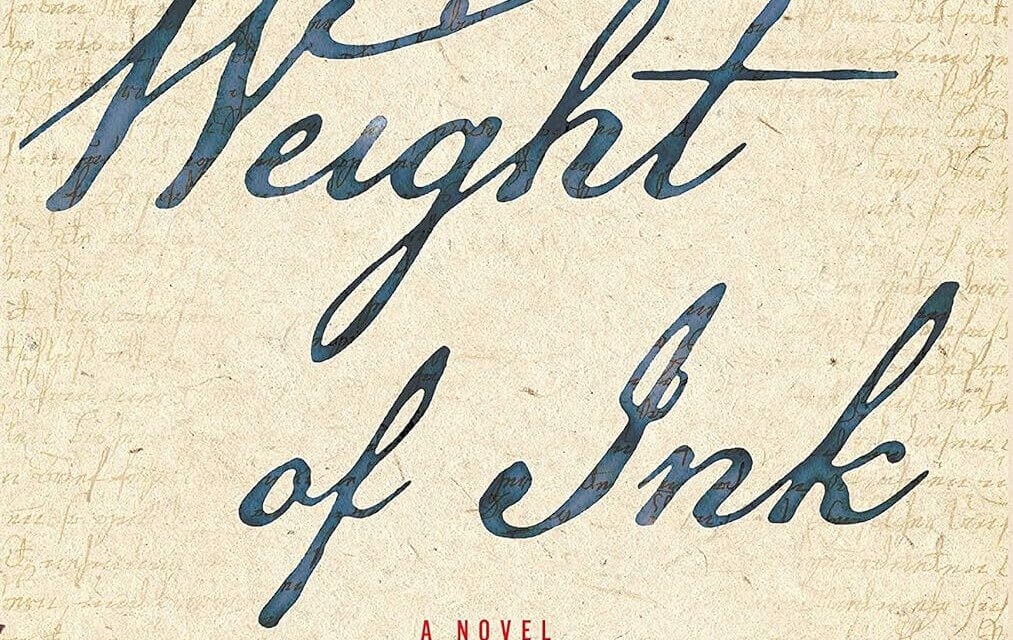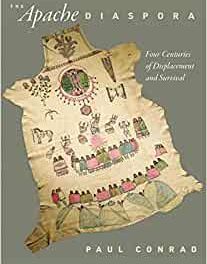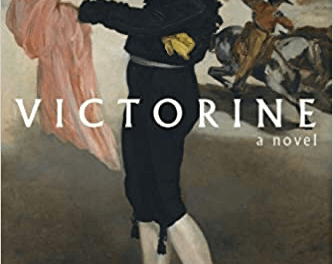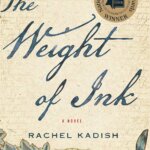The Weight of Ink is a three point-of-view (Helen Watt, a British professor with Parkinson’s disease; her graduate student, Aaron Levy; and Ester Velasquez, a Jewish immigrant who serves as a scribe to a blind rabbi who lost his vision in the Inquisition. This is also a three timeline story (Helen Watt in Israel in the mid 1900s; Helen and Aaron in early twenty-first century Britain; and Ester in Britain during in the late 17th century, roughly half a century after Shakespeare’s death. At 706 pages, it is not a novel to be undertaken lightly but worth the effort.
When a treasure trove of Jewish manuscripts is discovered in a 17th century home on the outskirts of London, Helen is asked to evaluate them by a former student. As her Parkinson’s disease is worsening, an American graduate student, Aaron, assists her. Together they explore the identity of the scribe. The past and present characters are well-developed and intriguing. The historical timeline often becomes a history lesson (European history, the Spanish Inquisition, Jewish history, European history, Sephardic Judaism), as well as general religion, philosophy, theology, writing, interfaith relationships, and the place of women in the 1600s. If you don’t like reading philosophy or history, you probably won’t enjoy this book, but I found both fascinating.
********************
The Weight of Ink (HarperCollins, June 6, 2017) is available through:
Your local independent bookseller | Amazon | Barnes & Noble
********************
This post contains affiliate links to third party sites. These can help you visually identify books I recommend. If you make a purchase, I may receive a small compensation at no additional cost to you. This offsets some of the cost of maintaining this blog.













